Airborne transmission of COVID-19 'distinct possibility': CSIR
Alluding to the emerging evidence, Council of Scientific and Industrial Research (CSIR) chief Shekhar C. Mande has asserted that airborne transmission of COVID-19 is indeed a "distinct possibility" and advised people to wear masks even in enclosed spaces
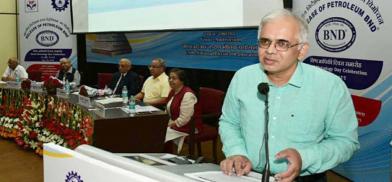
Alluding to the emerging evidence, Council of Scientific and Industrial Research (CSIR) chief Shekhar C. Mande has asserted that airborne transmission of COVID-19 is indeed a "distinct possibility" and advised people to wear masks even in enclosed spaces. His remarks came days after the World Health Organization acknowledged the emerging evidence of airborne spread of the novel coronavirus.
In a blogpost on CSIR's website, Mande referred to findings of various studies and wrote, "All these emerging evidences and arguments suggest that indeed airborne transmission of SARS-CoV-2 is a distinct possibility."
The CSIR chief advised people to avoid large crowded gatherings, keep enclosed places like workplaces well-ventilated and wear masks even in enclosed spaces.
"In open spaces, the small-sized droplets get dissipated in the air very quickly. Moreover, emerging evidence also suggests that the encapsulated virus in such droplets also gets inactivated by sunlight. However, the concentration of virion-encapsulated droplets is likely to be higher in places that are not well ventilated," he said substantiating his claims.
Earlier this month, the WHO had acknowledged the emerging evidence of airborne spread after an open letter by over 200 scientists outlined evidence that showed floating virus particles can infect people who breathe them in.
For months, the WHO had insisted that Covid-19 is transmitted via droplets emitted when people cough or sneeze. Droplets that do not linger in the air, but fall onto surfaces - that's why handwashing has been identified as a key prevention measure.
(IANS)


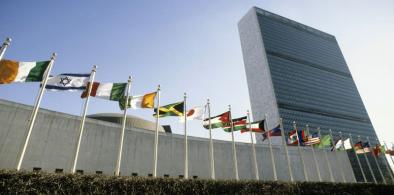

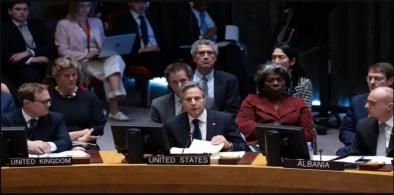
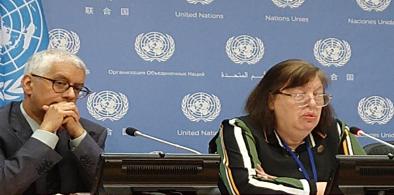


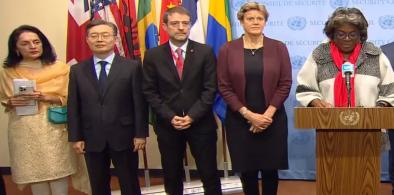

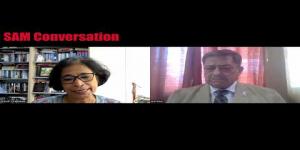



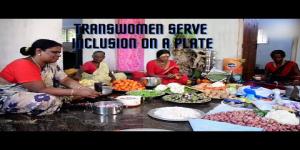

Post a Comment